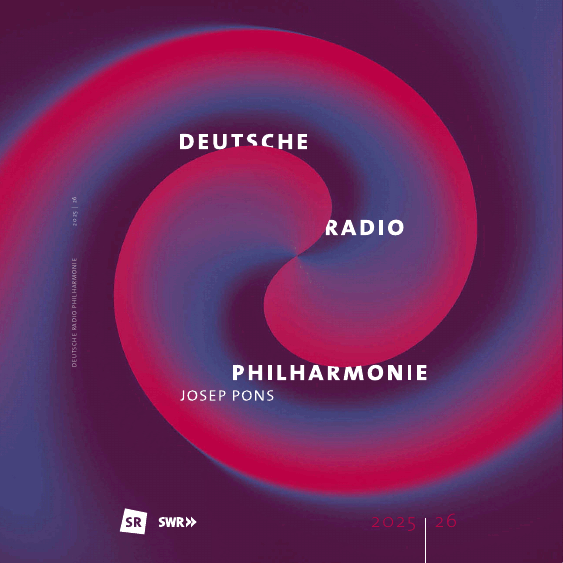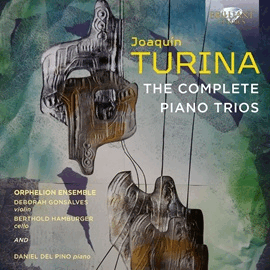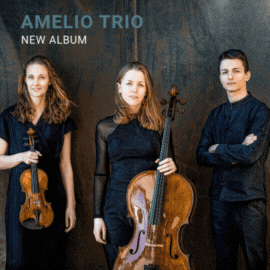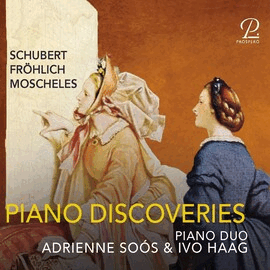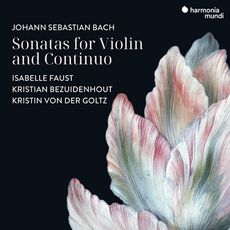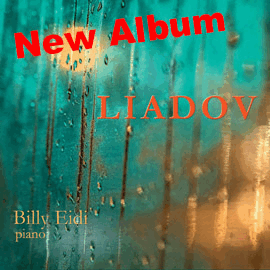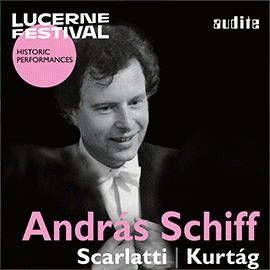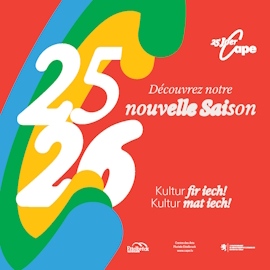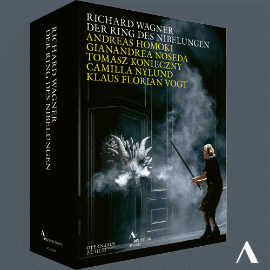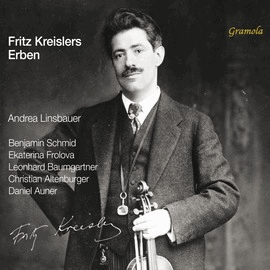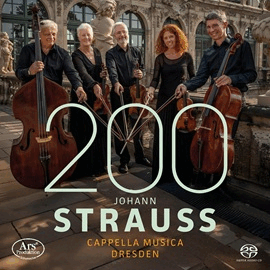Auch wenn die Sonaten und Partiten für Violine solo und die sechs Sonaten für Violine und obligates Cembalo bekannt sind, gibt es von Bach darüber hinaus Kammermusik mit einer herausgehobenen Rolle für die Violine. Sind es auch Kompositionen für den häuslichen Gebrauch oder Freunden und Schülern gewidmet, so sollte man sie nicht überhören. Isabelle Faust, Kristin von der Goltz und Kristian Bezuidenhout tragen hiermit ihren Teil dazu bei.
Bei der Sonate in G-Dur BWV 1021 deutet die kompakte Anlage der Sätze wie auch die dichte Harmonik auf eine Entstehung in der Weimarer Zeit an.
Die Sonate in e-Moll BWV 1023 ist spieltechnisch mit komplizierten Akkordbrechungen für die Bogenhand und dem hohen Lagenspiel für die linke Hand deutlich virtuoser angelegt. So spricht hier manches für eine Ausarbeitung für Pisendel, den er getroffen hatte.
Für die Sonate in c-Moll BWV 1024 ist die Nähe zum Bachumfeld naheliegend, aber die Zuschreibung an ihn nicht zwingend. Verzierungen wie Girlanden und im Presto eine strenge zweistimmige Fuge zeugen von satztechnischem Können.
Die Fuge in g-Moll BWV 1026 mag man ebenfalls in Bachs Weimarer Zeit einordnen. Mit erstaunlicher Ausdehnung und großen Anforderungen an die Virtuosität spiegelt es das hohe Niveau für das Violinspiel der Zeit.
Ergänzt wird die Einspielung durch zwei der bekannteren Sonaten für Violine und obligates Cembalo, wobei die in G-Dur BWV 1019a in Auszügen erklingt, die in g-Moll BWV 1029 komplett.
Isabelle Faust treibt ihre Interpretation mit Konturen und ohne Schnörkel voran. Dabei weiß sie auch im barocken Metier eine weite Palette an Emotionen und Farben zu auszuformen, ohne deswegen ihr Stilgefühl für die Epoche zu missachten.
Mit Kristin von der Goltz als Cellistin und Kristian Bezuidenhout, Cembalo, stehen ihr langjährige Partner zur Seite, die ebenso inspiriert ihre Stimmen hören lassen. Frisch im Auftritt bilden sie für Isabelle Faust ihre kommunikativ ausgefeilte Hilfe bei der Gestaltung der den Violinpart ergänzenden Stimmen so an, dass eine gestenreiche Gestaltung entsteht.
Even though the sonatas and partitas for solo violin and the six sonatas for violin and obbligato harpsichord are well known, Bach also wrote chamber music with a prominent role for the violin. If these are compositions for domestic use or dedicated to friends and pupils, they should not be ignored. Isabelle Faust, Kristin von der Goltz and Kristian Bezuidenhout play their part here.
In the Sonata in G major BWV 1021, the compact structure of the movements and the dense harmonies suggest that it was composed in the Weimar period.
The Sonata in E minor BWV 1023 is much more virtuosic in terms of playing technique, with complicated chord breaks for the bow hand and high register playing for the left hand. There is much here to suggest that it was written for Pisendel, whom he had met.
For the Sonata in C minor BWV 1024, the proximity to the Bach entourage is obvious, but the attribution to him is not compelling. Ornaments such as garlands and a strict two-part fugue in the Presto testify to the composer’s technical skill.
The fugue in G minor BWV 1026 can also be placed in Bach’s Weimar period. With its astonishing expansiveness and great demands on virtuosity, it reflects the high standard of violin playing at the time.
The recording is complemented by two of the better-known sonatas for violin and obbligato harpsichord, with excerpts of the sonata in G major BWV 1019a and the complete sonata in G minor BWV 1029.
Isabelle Faust drives her interpretation forward with contours and without embellishment. She knows how to express a wide range of emotions and colors, even in the baroque style, without disregarding her sense of style for the period.
With Kristin von der Goltz on cello and Kristian Bezuidenhout on harpsichord, she has long-standing partners at her side who let their voices be heard with equal inspiration. Fresh in performance, they provide Isabelle Faust with their communicatively sophisticated assistance in shaping the voices complementing the violin part in such a way that a gesture-rich interpretation is created.



